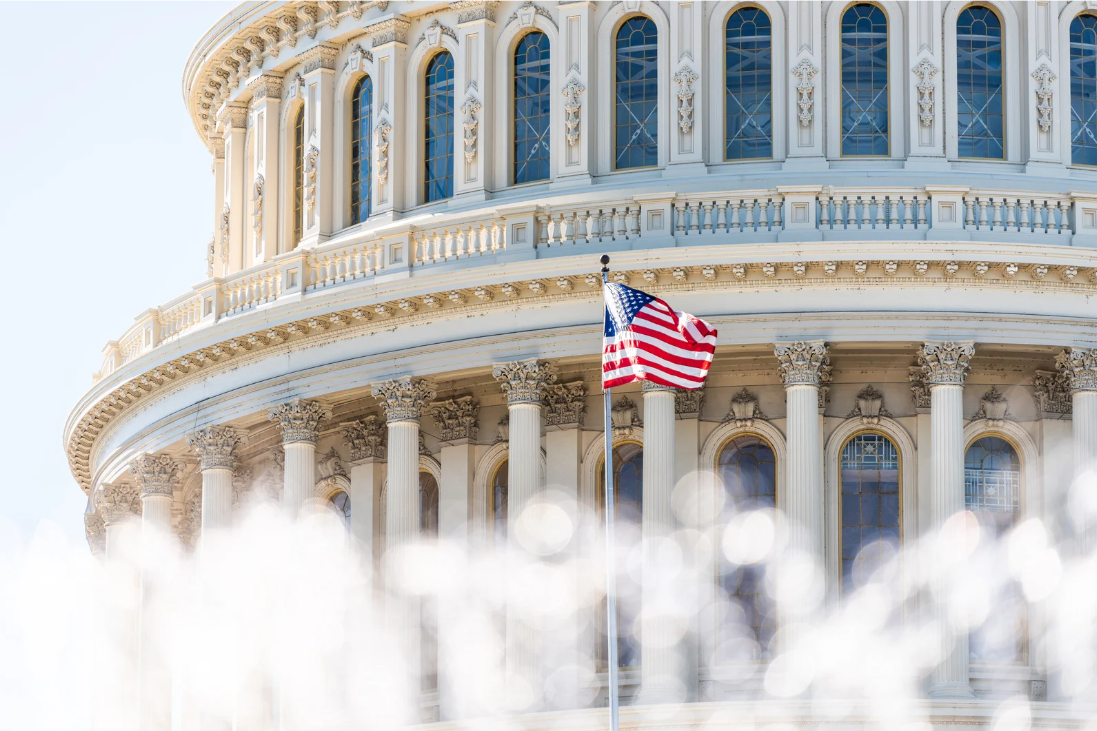The One Big Beautiful Bill Act: What Business Owners Should Know
The One Big Beautiful Bill Act (OBBBA), signed into law on July 4, 2025, is packed with changes that affect how businesses report income, manage expenses, and plan for growth. From deductions and depreciation to reporting thresholds and clean energy incentives, this legislation goes far beyond research and development.
And if you have employees, you will want to check out our blog post specifically for employers at this link: The One Big Beautiful Bill Act: What Employers Need to Know
If you own or help manage a business, here are the highlights to know, along with a timeline to help you think through what's coming up in 2025 and 2026.
What’s in Place (or expiring) for 2025
Bonus Depreciation is Back at 100 Percent
On assets placed in service after January 19, 2025, businesses can immediately expense the full cost of qualified property in the year it is placed in service. This reverses the prior phase-down of bonus depreciation and can be used for equipment, machinery, and other eligible assets. The return of full first-year expensing gives business owners more control over cash flow and tax liability, especially when making large investments.
Section 179 Limits Increased
If you purchase property or equipment for business use, Section 179 just became more powerful. The limit for immediate expensing has increased to $2.5 million, with the phase-out starting at $4 million. This is particularly useful for mid-sized businesses investing in large-scale equipment or capital upgrades.
Pass-Through Business Deduction Made Permanent
The 20 percent Qualified Business Income (QBI) deduction under Section 199A is now permanent. This provides ongoing relief for owners of S corporations, partnerships, and sole proprietorships. Even service providers with taxable income under $75,000 (or $150,000 if filing jointly) will continue to qualify. This removes the uncertainty around a benefit that was previously set to expire and allows for long-term planning.
Retroactive and Ongoing R&D Deductions
Research and development expensing was a big headline from this bill, and for good reason. Beginning in 2025, businesses can once again deduct all U.S.-based R&D expenses in the year they occur. For small businesses with less than $31 million in average annual receipts, there's also an option to amend returns from 2022 through 2024 to recover deductions that were previously amortized. This change could mean meaningful tax refunds or future savings depending on how you’ve accounted for R&D in recent years.
Expanded Tip Credit for Service Industries
Beginning January 1, 2025, the employer tip credit previously limited to food and beverage businesses is expanded to include a broader range of service industries. Employers in personal care sectors, such as salons, spas, barber shops, and similar establishments, can now claim a credit for the employer portion of Social Security and Medicare taxes paid on qualified tips. This credit helps reduce the cost of employing tipped staff and is expected to benefit a wide range of businesses that rely on direct customer gratuities. To qualify, employers must continue to track and report tips accurately through their payroll systems.
Clean Energy Credits Wind Down
Some of the previous incentives for clean energy use are being rolled back or eliminated starting in 2026. If your business is considering solar installations, energy-efficient systems, or clean vehicle investments, now is the time to review eligibility before those incentives disappear. Please not the phase-out dates vary by credit.
Changes to Business Interest Deduction
The calculation for the 30 percent business interest expense limitation has changed back to the pre-2022 definition of adjusted taxable income. This means depreciation and amortization are added back in, which generally results in a higher base and a more favorable deduction for interest expenses.
What’s in place for 2026
Reporting Thresholds Get a Long-Awaited Update
For years, the Form 1099-NEC and 1099-MISC thresholds have remained at $600. Starting in 2026, those limits increase to $2,000, reducing filing burdens for businesses that work with freelancers or independent contractors. Additionally, the $600 Form 1099-K reporting threshold has been repealed, eliminating the flood of small third-party payment reports that created confusion for taxpayers and businesses alike.
Other Provisions Worth Noting – Effective 2026
For business owners thinking about succession planning or estate strategies, the estate tax exemption will increase to $15 million per person starting in 2026. This higher threshold may offer more flexibility for transferring business interests and other assets without triggering federal estate tax, though planning should still account for possible future changes.
How to Use This Information
Some provisions, like R&D expensing and bonus depreciation, may lead to immediate savings if your business has upcoming investments. Others, such as changes to interest deductions and payroll credits, may improve your tax position but require more documentation or eligibility review.
Most importantly, every business has a different structure, financial model, and tax strategy. These updates may provide a great opportunity, but only if implemented with your specific situation in mind.
Talk to Us About What This Means for You
The OBBBA provisions create opportunities to strengthen your business's financial position, but they also require careful planning. If you're unsure how these updates apply to you, or whether you're in a position to take advantage of them, we’re here to help.
Reach out to our team to schedule a personalized review. We’ll walk through your structure, tax filings, and future plans to identify what actions are worth considering.
Let’s make these changes work for your business, not against it!


